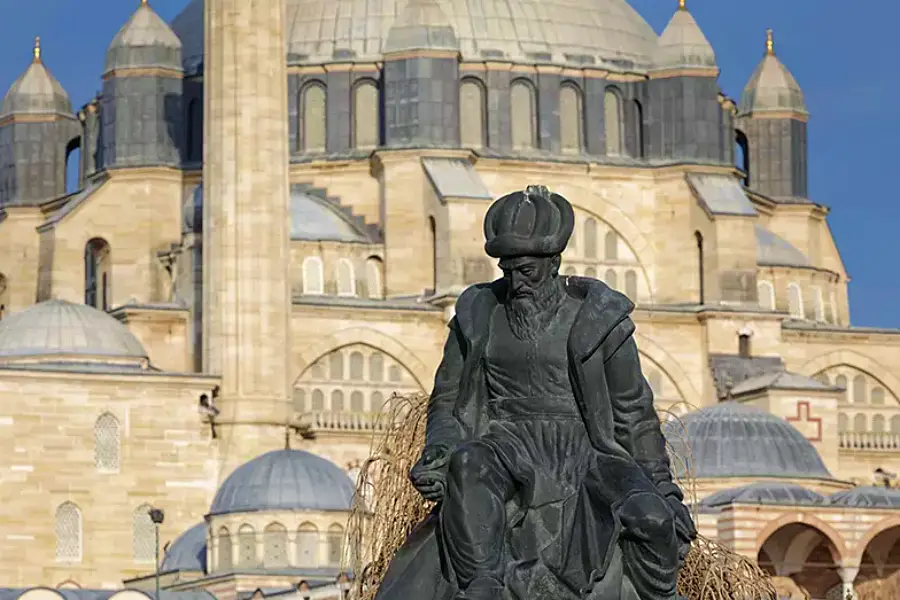Fri 21 July 2023:
Mimar Sinan, or Sinan the Architect, left an indelible mark on the history of architecture with his unique works throughout his half-century career, Anadolu Agency reports.
According to information compiled by Anadolu, Sinan was born in 1490 in the Agirnas village of Turkiye’s Kayseri province, and was brought to Istanbul as a devshirme at the time of Ottoman Sultan, Selim I.
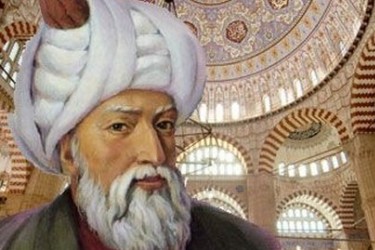
Sinan, who had the opportunity to get to know the architectural monuments in the region by participating in Selim I’s Egyptian expedition, gained experience in architectural-urban relations by studying ancient structures as well as Seljuk and Safavid period buildings.
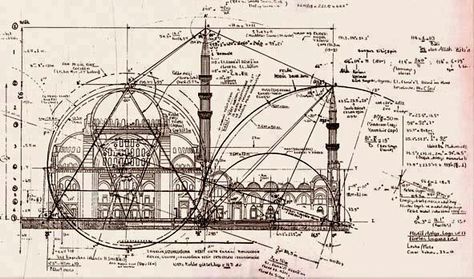
During the reign of Suleiman the Magnificent, Sinan, who was a janissary, quickly rose to prominence through his successes in the 1521 Belgrade and 1522 Rhodes expeditions of the Ottoman Sultan.
In 1534, during his expedition to Iraq, Sinan built three galleys in Tatvan on the orders of Lutfi Pasha. He armed these ships with weapons, such as cannons and rifles and gathered information about the state of the Safavid troops.
Sinan’s primary aspiration, having been close to Kanuni on numerous occasions and having served in various positions, was to work as an architect.
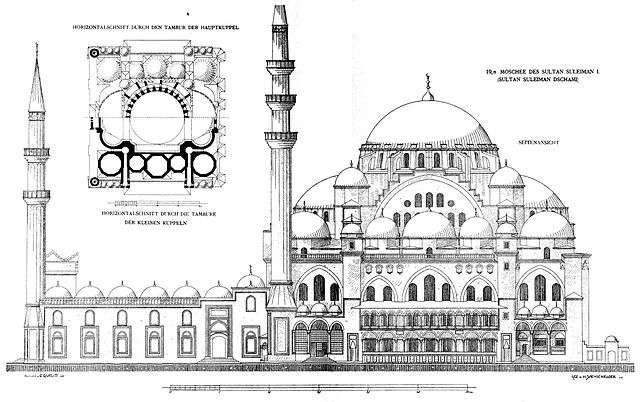
With the assignment from Lutfi Pasha, Sinan gained the appreciation of Suleiman the Magnificent by building a bridge over the Prut River in just 13 days during the Karabakh (Moldova) expedition in 1538. As a result, he was promoted to the position of Chief Architect.
After this, Sinan left the military service and devoted himself to architecture, where he would produce great works.
He served as the Chief Architect for 49 years during the reign of Suleiman the Magnificent, Selim II and Murat III.

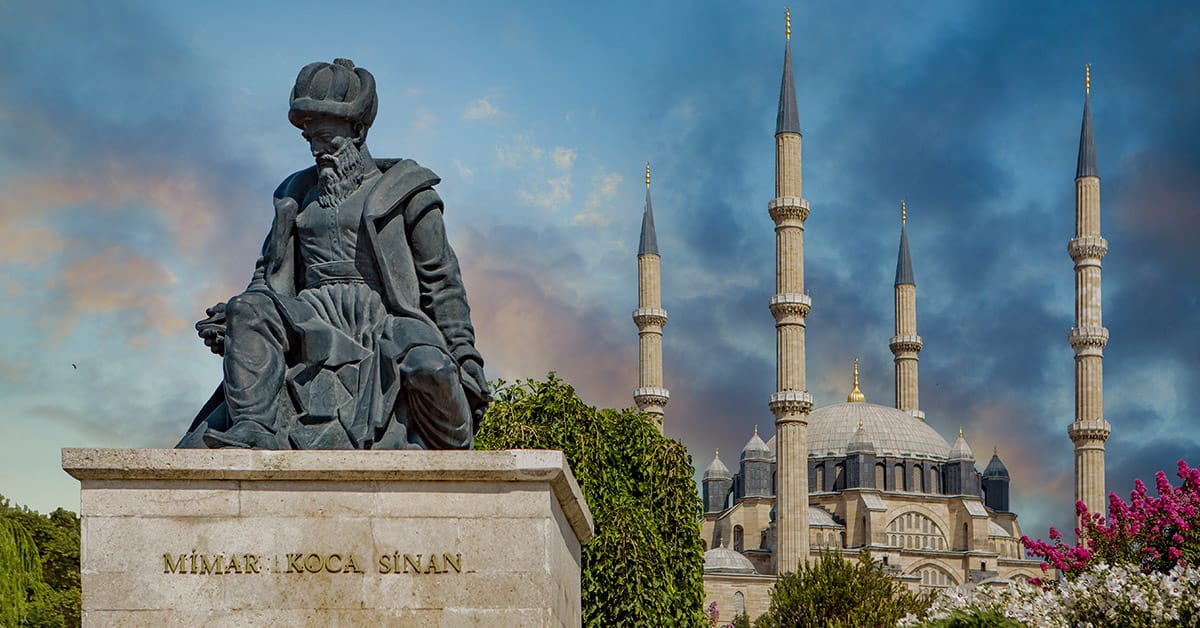
‘Masterpiece’
Sinan continued to be productive until the final stage of his life and died in Istanbul in 1588.
His mausoleum, which has the appearance of a compass when viewed from above, is located on the edge of the Suleymaniye Complex, which is described as a “masterpiece”.
According to the foundation set up in his name, Sinan, whose wife is Mihri Hatun, had three children. One of them was his son, Mehmed who was killed while the others were his daughters, Neslihan and Ummuhan.


The great architect designed, built and repaired hundreds of buildings of various sizes during his nearly 50-year architectural journey. Sinan’s repertoire includes more than 350 structures, such as 82 grand mosques, 52 small mosques, 55 madrasas (Islamic schools), seven schools for Quran reciters, 20 shrines, 17 public kitchens, three hospitals, six waterways, 10 bridges, 20 caravanserais, 36 palaces, eight cellars and 48 bathhouses.
While mosques and social complexes are the most prominent among his works, Sinan also made significant contributions in other areas, such as bridges and aqueducts.
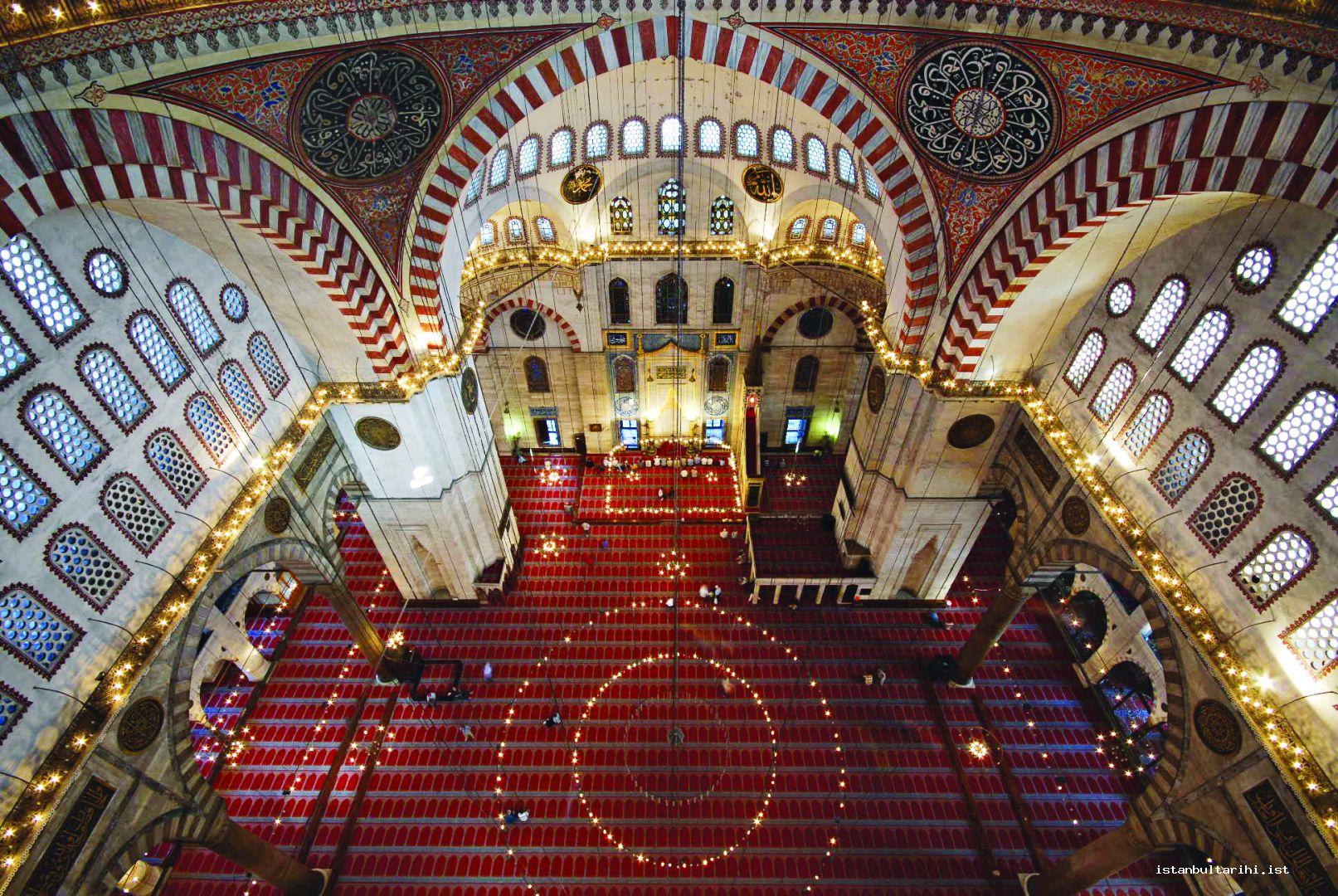
The works of Sinan, who was closely interested in many of the art branches of his period, also include the 16th-century Ottoman tile, calligraphy, carving and ornament arts.
As the Chief Architect, Sinan did not only build mosques, complexes or bridges, he also worked in different areas and restored some old buildings. Sinan made important efforts to keep the Hagia Sophia-i Kebir Mosque-i Sharif intact. He repaired its dome in 1573 and reinforced walls around it.
The demolition of structures built near ancient monuments, which distorted their appearance, was also among his works.
For these reasons, Sinan ensured the demolition of some houses and shops built in the vicinity of the Zeyrek Mosque and the Rumeli Fortress.
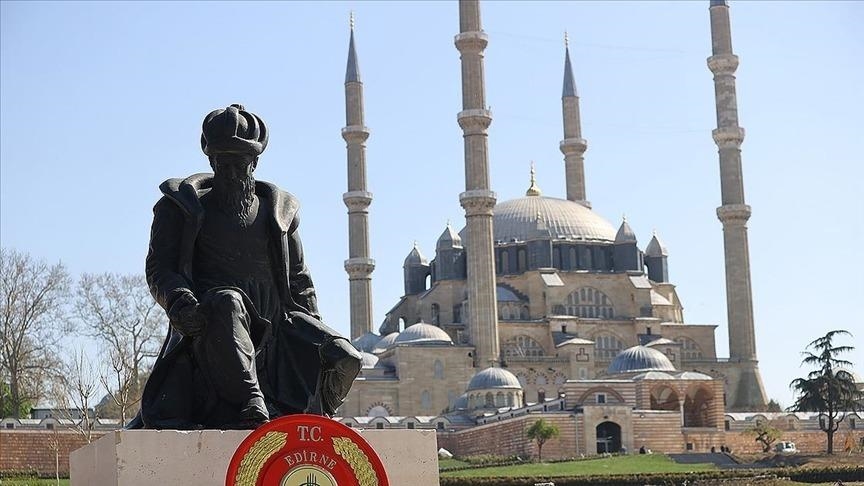
He was also engaged in the construction of waterways, the width of Istanbul streets, the construction of houses and the connection of sewers.
Sinan defined the stages he went through in his profession with his three great works.
He described the Sehzade Mosque, which he completed in 1548, as a “work of apprenticeship”, the Suleymaniye Mosque, which he completed in 1557, as a “work of journeymanship”, and the Selimiye Mosque, which was opened for worship in 1575, as a “work of mastery”.
______________________________________________________________
FOLLOW INDEPENDENT PRESS:
TWITTER (CLICK HERE)
https://twitter.com/IpIndependent
FACEBOOK (CLICK HERE)
https://web.facebook.com/ipindependent
Think your friends would be interested? Share this story!


